The essence of thermal management is how air conditioning works: "Heat flow and exchange"
The thermal management of new energy vehicles is consistent with the working principle of household air conditioners. They both use the "reverse Carnot cycle" principle to change the shape of the refrigerant through the compressor's work, thereby exchanging heat between the air and the refrigerant to achieve cooling and heating. The essence of thermal management is "heat flow and exchange". The thermal management of new energy vehicles is consistent with the working principle of household air conditioners. They both use the "reverse Carnot cycle" principle to change the shape of the refrigerant through the compressor's work, thereby exchanging heat between the air and the refrigerant to achieve cooling and heating. It is mainly divided into three circuits: 1) Motor circuit: mainly for heat dissipation; 2) Battery circuit: requires high temperature adjustment, which requires both heat and cooling; 3) Cockpit circuit: requires both heat and cooling (corresponding to air conditioning cooling and heating). Its working method can be simply understood as ensuring that the components of each circuit reach the appropriate working temperature. The upgrading direction is that the three circuits are connected in series and parallel to each other to realize the interweaving and utilization of cold and heat. For example, the automobile air conditioner transmits the cooling/heat generated to the cabin, which is the "air conditioning circuit" for thermal management; an example of the upgrade direction: after the air conditioning circuit and the battery circuit are connected in series/parallel, the air conditioning circuit supplies the battery circuit with cooling/ Heat is an efficient "thermal management solution" (saving battery circuit parts/energy efficient use). The essence of thermal management is to manage the flow of heat, so that the heat flows to the place where "it" is needed; and the best thermal management is "energy-saving and efficient" to realize the flow and exchange of heat.
The technology to achieve this process comes from air-conditioning refrigerators. The cooling/heating of air-conditioning refrigerators is achieved through the principle of "reverse Carnot cycle". Simply put, the refrigerant is compressed by the compressor to make it hot, and then the heated refrigerant passes through the condenser and releases the heat to the external environment. In the process, the exothermic refrigerant turns to normal temperature and enters the evaporator to expand to further reduce the temperature, and then returns to the compressor to start the next cycle to realize heat exchange in the air, and the expansion valve and compressor are the most critical in this process parts. Automotive thermal management is based on this principle to achieve vehicle thermal management by exchanging heat or cold from the air conditioning circuit to other circuits.
Early new energy vehicles have independent thermal management circuits and low efficiency. The three circuits (air conditioner, battery, and motor) of the early thermal management system operated independently, that is, the air conditioner circuit was only responsible for the cooling and heating of the cockpit; the battery circuit was only responsible for the temperature control of the battery; and the motor circuit was only responsible for cooling the motor. This independent model causes problems such as mutual independence between components and low energy utilization efficiency. The most direct manifestations in new energy vehicles are problems such as complex thermal management circuits, poor battery life, and increased body weight. Therefore, the development path of thermal management is to make the three circuits of battery, motor, and air conditioner cooperate with each other as much as possible, and realize the interoperability of parts and energy as much as possible to achieve smaller component volume, lighter weight and longer battery life. mileage.
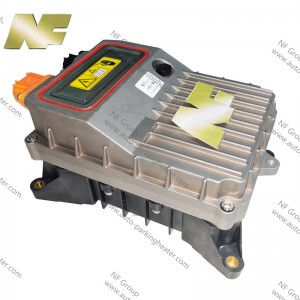
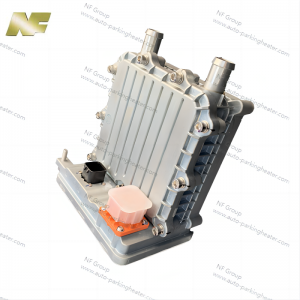
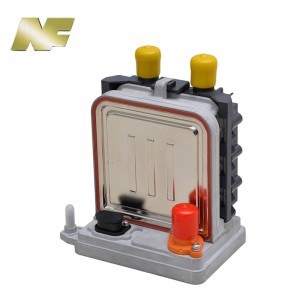
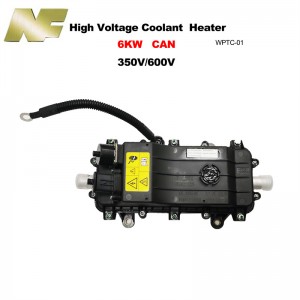
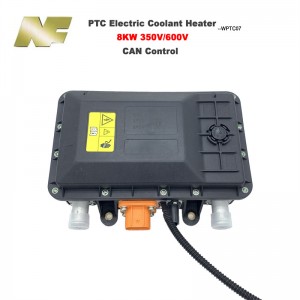
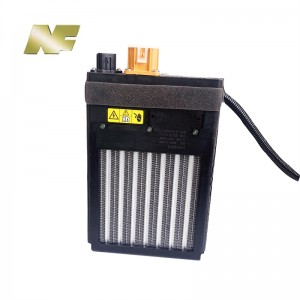
2. The development of thermal management is the process of component integration and energy efficient utilization
Review the development history of the thermal management of the three generations of new energy vehicles, and the multi-way valve is a necessary component for thermal management upgrades
The development of thermal management is the process of component integration and energy utilization efficiency. Through the brief comparison above, it can be found that compared with the current most advanced system, the initial thermal management system mainly has more synergy among the circuits, so as to achieve the sharing of components and the mutual utilization of energy. We look at the development of thermal management from the perspective of investors. We do not need to understand the working principles of all components, but a clear understanding of how each circuit works and the evolution history of thermal management circuits will allow us to predict more clearly. Determine the future development direction of thermal management circuits, and the corresponding changes in the value of components. Therefore, the following will briefly review the evolution history of thermal management systems so that we can discover future investment opportunities together.
The thermal management of new energy vehicles is usually constructed by three circuits. 1) Air-conditioning circuit: The functional circuit is also the circuit with the highest value in thermal management. Its main function is to adjust the temperature of the cabin and coordinate with other circuits in parallel. It usually provides heat with the principle of PTC(PTC Coolant Heater/PTC Air Heater) or heat pump and provides cooling through the principle of air conditioning; 2) Battery circuit : It is mainly used to control the working temperature of the battery so that the battery always maintains the best working temperature, so this circuit needs heat and cooling at the same time according to different situations; 3) Motor circuit: The motor will generate heat when it works, and its operating temperature range is wide. The circuit therefore requires only cooling demand. We observe the evolution of system integration and efficiency by comparing the thermal management changes of Tesla's main models, Model S to Model Y. Overall, the first-generation thermal management system: the battery is air-cooled or liquid-cooled, the air conditioner is heated by PTC, and the electric drive system is liquid-cooled. The three circuits are basically kept in parallel and run independently of each other; the second-generation thermal management system : Battery liquid cooling, PTC heating, motor electric control liquid cooling, use of electric motor waste heat utilization, deepening of series connection between systems, integration of components; third-generation thermal management system: heat pump air conditioning heating, motor stall heating The application of technology deepens, the systems are connected in series, and the circuit is complex and further highly integrated. We believe that the essence of the thermal management development of new energy vehicles is: based on the heat flow and exchange of air-conditioning technology, to 1) avoid thermal damage; 2) improve energy efficiency; 3) reuse parts to achieve volume and weight reduction .
Post time: May-12-2023




